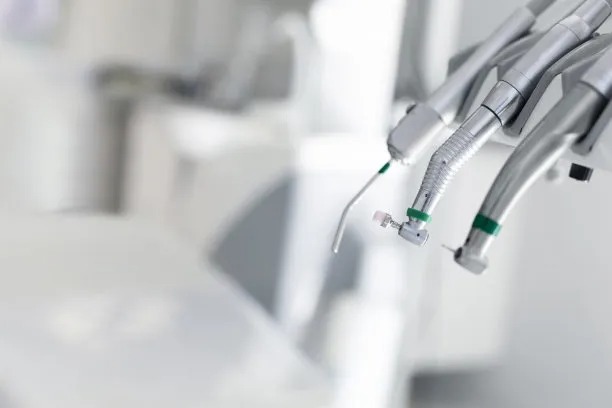Navigating the Challenges and Procedures Involved in Extracting a Tooth Safely and Effectively for Optimal Oral Health
Summary: Tooth extraction is a common dental procedure that, while sometimes necessary, poses various challenges and requires careful navigation to ensure optimal oral health. This article delves into the multifaceted aspects of extracting a tooth safely and effectively, focusing on patient assessment, preparation and procedure, post-extraction care, and potential complications. Each of these elements plays a critical role in ensuring that tooth extraction results in minimal discomfort and optimal outcomes for the patient. By understanding these factors, one can better appreciate the complexities involved in this routine yet significant dental intervention.
1. Importance of Patient Assessment

The first step in any dental procedure is a thorough patient assessment. Dentists begin by reviewing the patients medical history, taking into account any pre-existing conditions that might complicate the extraction process. Conditions such as heart disease, diabetes, or clotting disorders could affect the patients ability to recover post-extraction.
Next, a physical examination is conducted to evaluate the specific tooth that requires extraction. The dentist assesses the tooths condition and its relationship to neighboring teeth and the jawbone. This evaluation is crucial in forming a strategy for a safe extraction and minimizing potential complications during the procedure.
Communication between the dentist and patient is also integral during this phase. Patients are encouraged to express their concerns or preferences regarding anesthesia and pain management. This dialogue builds trust and ensures that the patient is comfortable with the upcoming procedure.
2. Preparation and Execution of the Procedure
Once an assessment is completed, preparation for the extraction can begin. This involves informing the patient about what to expect during the procedure, including the type of anesthesia that will be used. Local anesthesia is common, though sedation options may be offered for anxious patients.
The actual extraction involves precise technique to ensure it is performed safely and effectively. Dentists use specialized instruments to loosen the tooth before extraction, minimizing trauma to the surrounding tissue. Surgeons may apply a sharp and systematic approach to ensure that the tooth is removed in one piece, further helping to prevent infection.
Proper sterilization and adherence to safety protocols are key during the procedure to reduce the risk of infections post-extraction. Using appropriate surgical gloves, masks, and sterilizing instruments ensures a clean environment conducive to patient safety and health.
3. Post-Extraction Care and Recovery
After a tooth has been extracted, proper post-operative care is crucial for recovery. Dentists provide patients with specific instructions that may include pain management options, dietary recommendations, and oral hygiene tips. Understanding these guidelines is essential for a smooth recovery process.
Patients are often advised to rest and apply ice to manage swelling during the first 24 hours. Keeping their heads elevated can also alleviate discomfort. They should avoid strenuous activities, particularly on the day of the procedure, to prevent excessive bleeding.
Follow-up appointments are essential for monitoring healing and addressing any complications that might occur. During these visits, dentists check for signs of infection and ensure that the gums are healing properly, ensuring a speedy and effective recovery.
4. Managing Potential Complications
Despite the care taken during and after the extraction, complications can arise. One common issue is dry socket, where the blood clot at the extraction site dislodges, leading to pain and delayed healing. Patients should be educated about the symptoms of this condition and advised to seek immediate attention if they encounter increased pain or unusual odors.
Other possible complications include infection, prolonged bleeding, or damage to adjacent teeth. Dentists take proactive steps during the extraction to minimize these risks, but educating patients about what to watch for can empower them to act swiftly should an issue arise.
Furthermore, the dentist may discuss the need for follow-up treatment or restorative options to replace the extracted tooth, fostering a comprehensive approach to ongoing oral health management.
Summary:
Tooth extraction is a common yet intricate dental procedure that demands meticulous attention to patient assessment, procedure execution, post-operative care, and management of potential complications. An understanding of these various aspects equips both practitioners and patients with the knowledge to navigate the extraction process safely and effectively to ensure optimal oral health outcomes.
This article is compiled by Vickong Dental and the content is for reference only.


